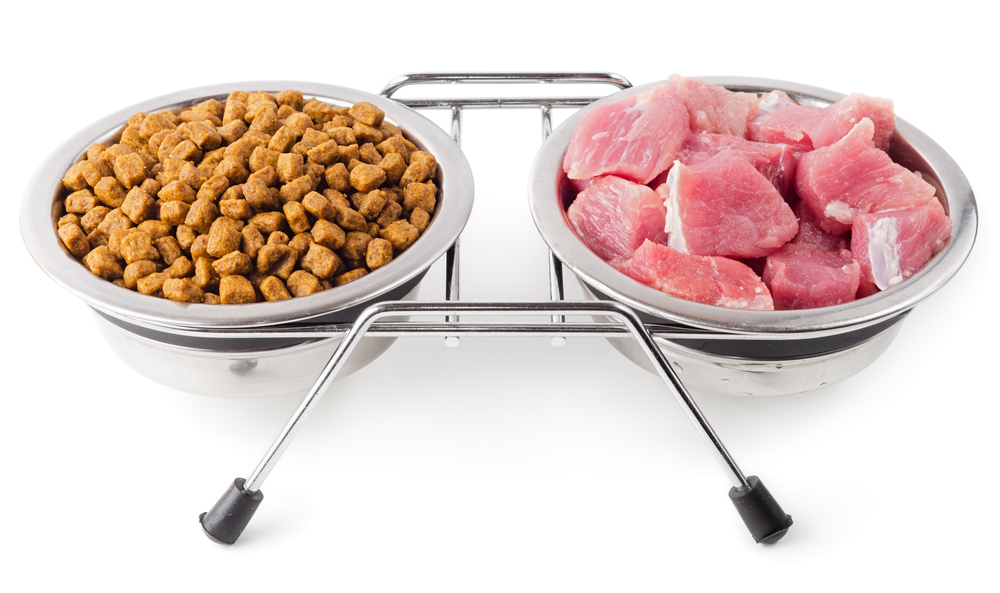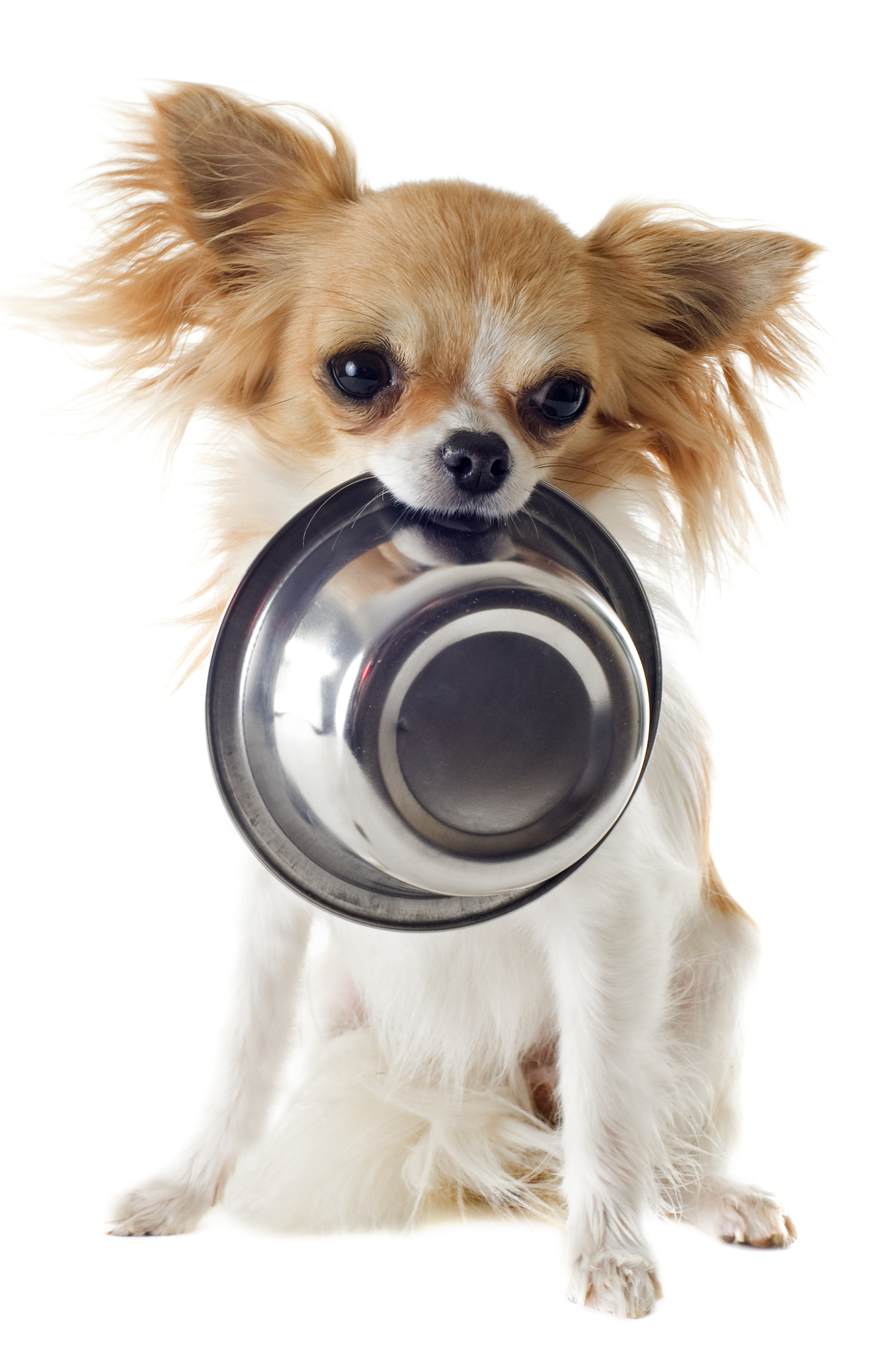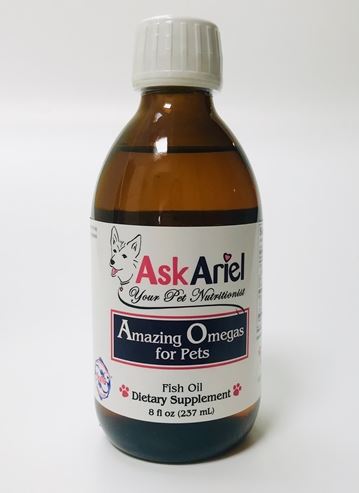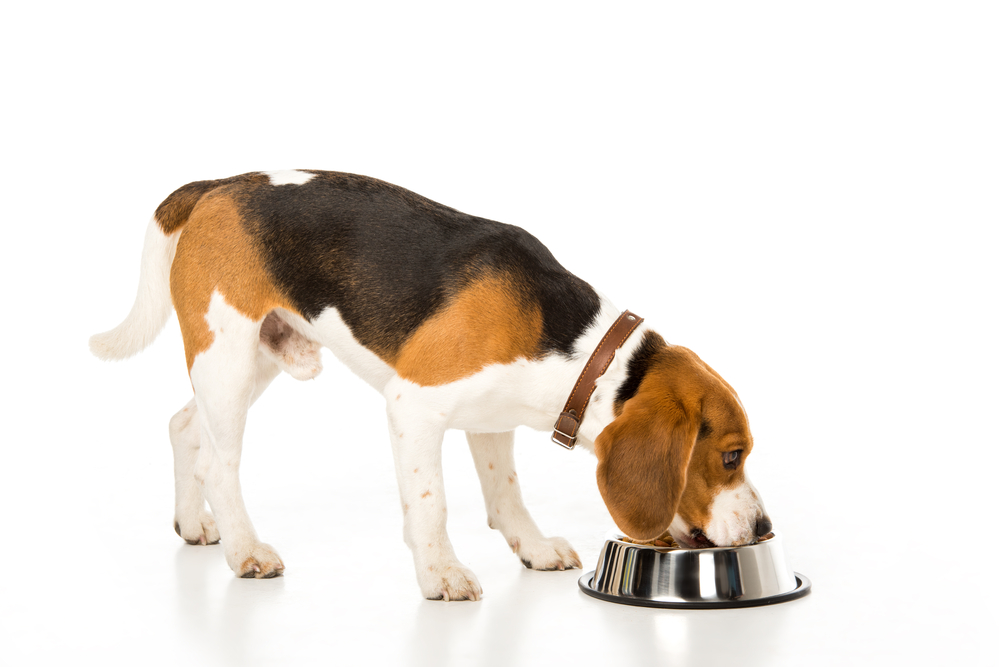What To Look For When Choosing A Healthy Dog Food 5 Tips To Help You Pick The Best Food For Your Dog So many ingredients, so many choices! Is raw food or dry kibble better for my dog? Is grain bad for dogs? What ingredients to avoid in dog food? How do you know what is a healthy dog food for your pet? There are so many things to consider when choosing the best food for your dog. Diet isn't a one size fits all choice. Each dog has different sensitivities and health conditions. Below are 5 general tips to help you choose the best food for your dog, including what types of dog food brands to avoid! 1. Read The Label! When it comes to pet nutrition, Rule #1 is to READ THE LABEL! Many people use a pet food because a friend, breeder or even their veterinarian recommended it. Please read the pet label and judge the ingredients yourself. The label is required by law for your pet’s protection, so if it contains foods you wouldn't eat, chances are it's not good for your pet either. 2. Each Pet's Needs Are Different The “best” food can vary from one pet to another, just as what food is good for one person may not be good for another. One pet may feel fine on a brand of pet food, while another one scratches and itches from the same ingredients. While it is more convenient to feed all pets the same food, this is often not a viable strategy. Whenever possible, try to include a raw frozen, canned or homemade portion to every pet's diet. Dry kibble lacks enzymes and "live nutrition" and is often loaded with carbohydrates so it's best to keep it to a minimum, if at all. 3. You Get What You Pay For When it comes to optimizing pet nutrition, one fact prevails: you get what you pay for when you buy healthy dog food. For ex: if ground beef is $4.00+ a pound and a 20lb bag of dog food costs $35 — if you do the math...how much meat vs. starchy carb fillers do you actually think is in the food? Raw frozen diets are expensive, but what you will find is that you feed LESS. Dogs that eat dry kibble for example, will have much larger stools because so much of the food is nondigestible carbs that provide calories and not much else. The quantities used for premium food are MUCH LESS because you are feeding real food, with real protein. 
4. Ingredients To Look For In A Quality, Healthy Dog Food
A good pet food should contain meat, poultry or fish clearly identifiable in the first ingredients. It should contain familiar ingredients such as broccoli, spinach, carrots, fish oil, etc. There should be a healthy balance between protein, fiber, fats (especially Omega 3 fatty acids such as flax seed and fish oil) and a limited amount of carbohydrates. Pet food manufacturers will include a breakdown of protein, carbohydrates, fat and fiber, as well as a list of ingredients. Even if a pet food says it is “organic” or holistic, it may be filled with soy, grains and flour, which contribute to allergies and urinary tract infections. Remember, diets high in carbohydrates can weaken immunity and dry kibble is made with starchy carbs---even grain-free dry kibble can lead to ear infections, itching and digestive problems. Ideally, feeding a combination of raw frozen diets, canned, freeze dried and some added homemade vegetables (especially if a pet is overweight) is very beneficial to pets. Pets need essential fatty acids in their diet. While some premium pet foods do contain a small amount of fish oil, it is essential to add additional fish oil to your pet's food. Amazing Omegas is a pourable, highly purified, therapeutic fish oil that delivers superior results. It is packed in glass bottles to prevent toxins from plastic leaching into the oil. Does your pet have bald spots of hair missing, dry coat, dandruff? Amazing Omegas can help! 
Amazing Omegas offers superior nutrition and should be a part of every pet's diet.
5. Ingredients To Avoid In Dog Food Cereal grains such as corn, wheat gluten, wheat flour, rice, brown rice, quinoa or any type of flour should be avoided. These are some of the worst things to feed a dog. Many pets do not digest them properly and develop health problems such as allergies, IBD or UTIs. Carbohydrates are added to commercial food to keep the costs down. The only time extra carbohydrates are truly warranted is when a pet requires a low protein diet (e.g. liver or kidney disease). In that case, using sweet potatoes to reduce the protein is better than using grains. Dog food brands to avoid would include the following ingredients: Brewer’s Rice - A processed rice product that represents the milled fragments of rice kernels that have been separated from the whole grain rice. This is a lower cost rice product that lacks the nutrients found in its counterpart whole brown rice. Ethoxyquin - A chemical preservative found in some pet foods that is used to extend the shelf life and ultimately the overall profitability of the food. Ethoxyquin has been banned from most human foods due to its cancer-causing properties. Try to find foods that are preserved with Vitamin C or E (mixed tocopherols). Meat and Poultry By-products - Byproducts are much less expensive and digestible than the muscle meat found in higher quality brands. Ingredients vary from batch to batch but can include heads, feet, bone, etc. It can legally include diseased tissues and organs (even tumors)...not the steak and chicken breast you are seeing in the commercials. Potato Product - A cheap byproduct of food processing of potatoes for human use. The potato “product” does not have the same nutritional benefit as a fresh whole potato. As a general rule, any food labeled as a “product” in the description, e.g. “egg product” or “byproduct” isn’t going to have the same level of pet nutrition for your dog as the whole food itself. Peanut Hulls, Beet Pulp, Soybean Hulls - Hulls and pulp are used as an inexpensive filler with little or no nutritional value. It provides fiber and is often used in “reduced calorie” pet foods so that the dog or cat feels satiated. It is better to use green beans, canned pumpkin or other natural sources of fiber to help your pet lose weight. Sugar - Sugar is included to disguise the taste of low quality ingredients and to entice your pet to eat more. It may be listed as sucrose, fructose or glucose. Sugar can contribute to inflammation, infections, gum disease and should not be included in a pet's diet. Sugar is most likely to appear in treats although it is found in pet food brands as well. Salt - It's incredible that about 70% of commercial pet foods add salt. Salt can cause heart disease, kidney issues and is a method manufacturers use to cover up rancid meat. Watch for it listed in one of its many forms as a sodium compound. Food Coloring and Dyes - Many treats are colored to look like their "fresh" food counterparts. For example, some treats will be dyed to look like carrots and colored orange. Some treats are dyed red to look like real meat or bacon---don't be fooled. They are just food dyes "painting" a picture of what your pet should be eating. 
How Does A Raw Frozen Diet Compare to Dry Kibble?
When it comes to pet food, commercially prepared raw frozen diets are the gold standard. Raw frozen diets contain fresh protein (meat, poultry, etc) combined with vegetables and omega oils giving pets easily digestible, optimal nutrition that is low in carbohydrates. Raw frozen diets can be especially helpful for pets with allergies, digestive problems and young, active pets. These are high protein diets containing real meat and poultry, organ meats, vegetables, omega oils and assorted nutrients. The ingredients are well balanced and speak for themselves. Raw frozen diets don't have to be an all or nothing part of the pet's diet. Mixing a portion of raw frozen diets into your pet's food is a great option and is far better than not mixing in any at all. Dry kibble is highly processed pet food made with carbohydrates to form the food along with a limited amount of protein. A portion of the protein percentage reported on the label is often derived from the starchy carbohydrates (e.g. potatoes) rather than from meat, fish or poultry. The primary reason dry kibble is produced is for convenience...not for your pet's nutrition. Dry kibble is affordable and processed with preservatives to ensure a long shelf-life. If you do choose to feed your pet dry kibble, please consider adding some raw frozen, canned or homemade food to their diet (NOT table scraps!) to add to their overall nutrition and good health. Do You Need Some Diet Tips For Your Dog? At Ask Ariel, we offer an ADDED VALUE when you order through us. Include your pet's diet and health concerns on the order form at checkout and our nutritionist will provide a diet suggestion on the packing slip that comes with the product directions. We are here to support you and wish you and your pets a happy and healthy life together! |